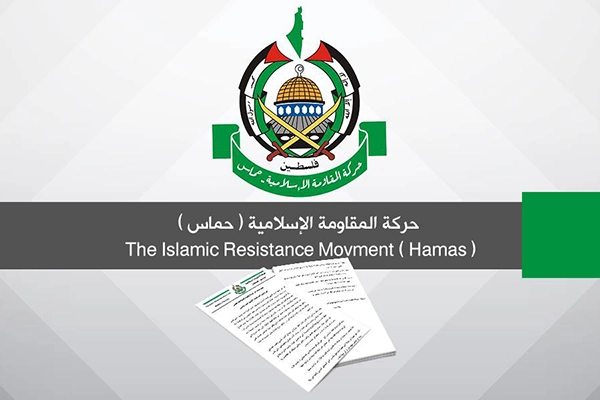Who are Hamas leaders?
Israel has said one of the aims of its military operation in Gaza is to get rid of Hamas leaders. But who are they?
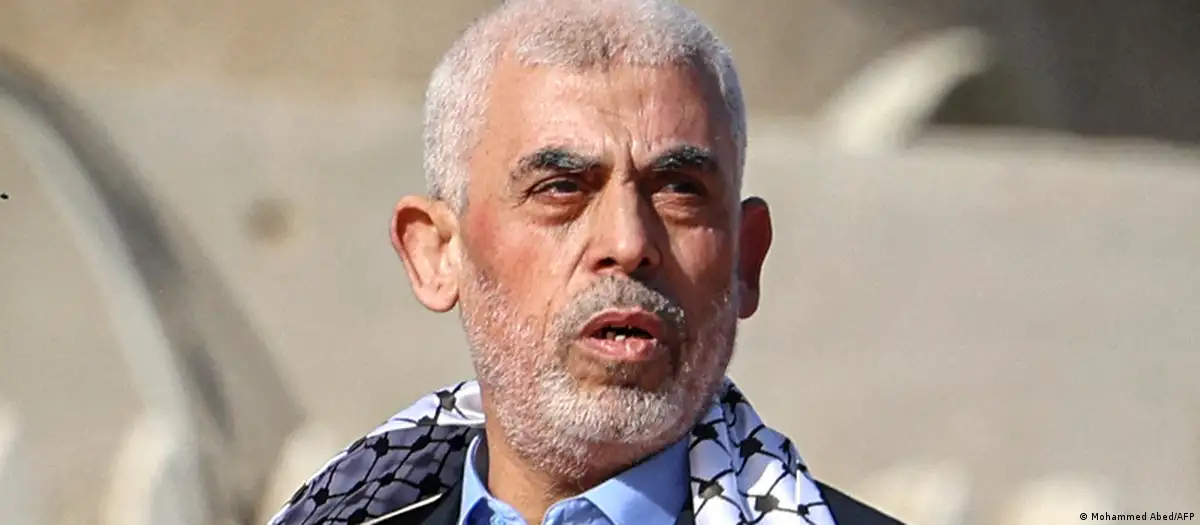
Yahya Sinwar is thought to be the mastermind behind the terrorist attacks on October 7, 2023, when countless fighters of the militant group Hamas crossed the border from the Gaza Strip into Israel, killing more than 1,200 people and abducting around 240.
The most senior Hamas leader in the Gaza Strip is currently one of Israel’s most wanted men. The Israeli army has vowed to eliminate him and crush the group, of which he is but one of several top commanders.
“Butcher of Khan Younis”: Yahya Sinwar
Considered charismatic and highly intelligent, as well as brutal and ruthless, Yahya Sinwar rules with an iron fist. He was born in the refugee camp of Khan Younis in the south of the Gaza Strip in 1962 and was one of the early members of Hamas when it formed in 1987.
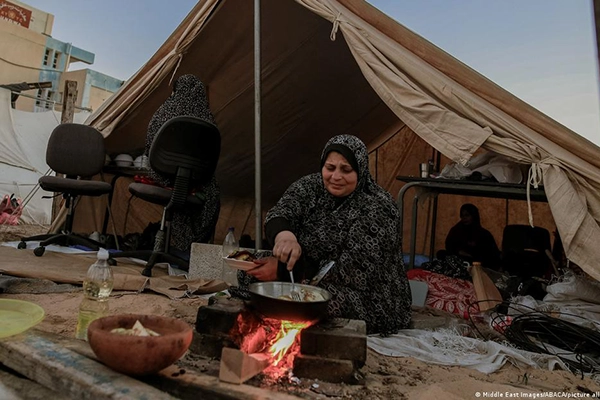
A few years later, he was also involved in setting up its military wing, the Qassam Brigades, which has carried out suicide attacks in Israel. He was nicknamed the “Butcher of Khan Younis” after taking brutal action against Palestinians suspected of collaborating with Israel.
In 1988, an Israeli court sentenced him to four life sentences after he was convicted of killing two Israeli soldiers and murdering several Palestinians. Sinwar learned Hebrew in jail and reportedly studied the mindset of the “enemy” by reading books by famous Israeli personalities. Israeli doctors are said to have saved his life after an abscess was removed from near his brain.
In 2011, Sinwar was released after 22 years in jail, alongside more than 1,000 Palestinians, as part of a prisoner exchange deal that led to Hamas freeing the captured Israeli soldier Gilad Shalit. Sinwar returned to Gaza and became responsible for liaising between the military and political arms of Hamas. In 2017, he became the group’s leader in the Gaza Strip.
Israeli Prime Minister Benjamin Netanyahu accused Sinwar of being willing to sacrifice Palestinian civilians in the fight against Israel. According to him, Sinwar is not interested in the fate of his people and behaves “like a little Hitler in his bunker”. But as of late, Yahya Sinwar no longer seems to be in his bunker – according to Israeli media, he has left the northern Gaza Strip, where the fighting is taking place, and is in the south of the enclave, near his birthplace.
“Cat with 9 lives”: Mohammed Deif
Mohammed Deif has led Hamas’ military wing, the Qassam Brigades, since 2002. Israel has said he is responsible for several suicide attacks and the death of dozens of Israeli soldiers and civilians.
Deif is also thought to be one of those behind the extensive Hamas tunnel system in Gaza, and he too is accused of having planned and led the October 7 attacks. The Israeli army has said it wants to kill him during its ongoing military operation.
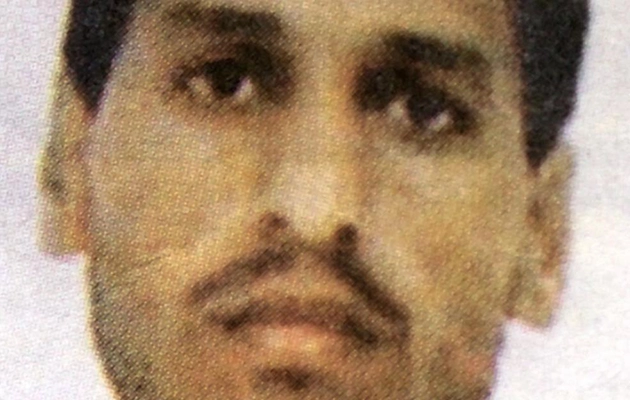
Deif has been one of Israel’s most wanted men since 1995. He was temporarily imprisoned in Israel in 2000, but was able to escape during the turmoil of the second intifada, an armed Palestinian uprising that lasted from 2000 to 2005. There has hardly been a trace of him since.
He is thought to have survived seven assassination attempts, which left him seriously injured and killed several members of his family. Deif is said to have lost an eye, a foot and part of his arm. He never appears in public, and it’s rumored he spends each night in a different building.
Deputy commander-in-chief of Qassam Brigades: Marwan Issa
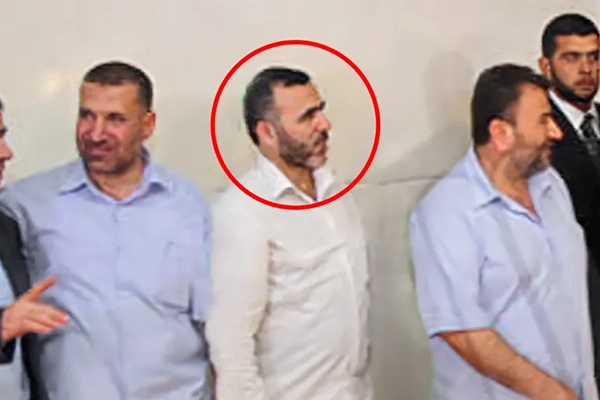
Marwan Issa was also born in a refugee camp in Gaza. Little is known about his youth, but he is said to have belonged to the Palestinian branch of the Muslim Brotherhood, the organization from which Hamas later emerged.
Issa served a five-year prison sentence in Israel during the first intifada (1987-1993). In 1997, he was arrested and jailed by the Palestinian Authority, but he was released after the second intifada began in 2000. Today, he is the deputy commander-in-chief of the Qassam Brigades and Deif’s right-hand man.
Issa has also survived several targeted assassination attempts by Israel, and remains high on the state’s wanted list.
Hamas leaders in Qatar: Ismail Haniyeh and Khaled Mashaal
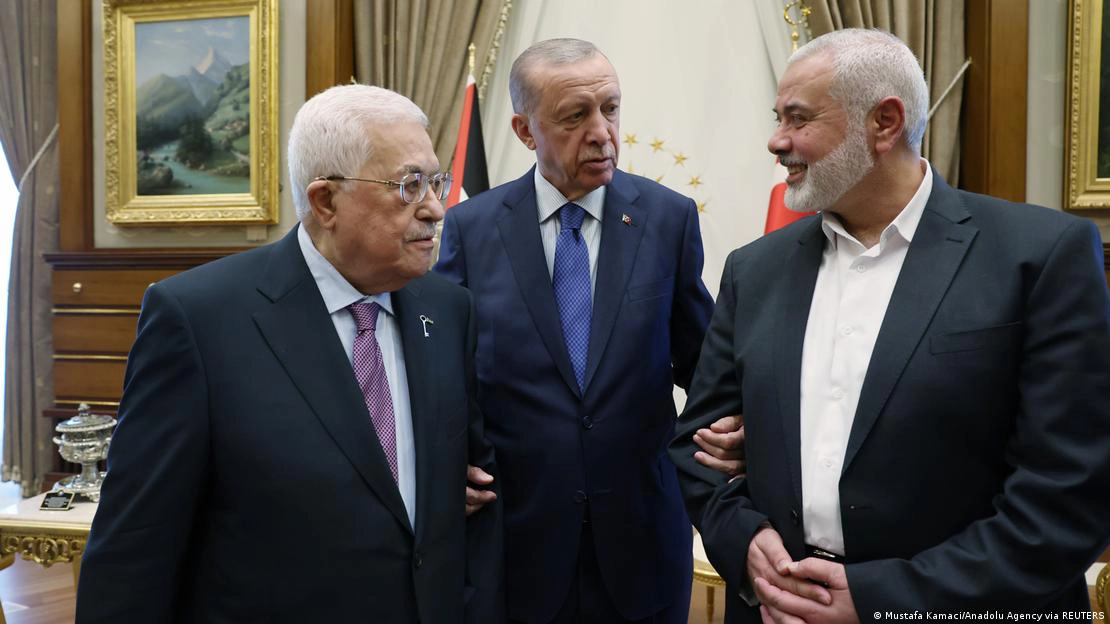
Since two of its most important leaders are not in Gaza but in the Gulf emirate of Qatar, it would be difficult for Israel to completely extinguish Hamas. Ismail Haniyeh, who is generally considered to be the organization’s supreme leader, was also born in a Gaza refugee camp.
Haniyeh attended a United Nations school and went on to study at the Islamic University of Gaza, where he reportedly first came into contact with Palestinian independence movements. He was appointed dean of the philosophy department in 1993, and in 1997 he became the personal secretary of Hamas founder, Ahmed Yassin.
Haniyeh was appointed prime minister of the Palestinian Authority by President Mahmoud Abbas after Hamas won a majority of seats in the 2006 legislative elections. However, he was dismissed just one year later after Hamas unleashed a wave of violence to oust Abbas’ Fatah party from the Gaza Strip. Haniyeh refused to step down and Hamas continued to rule the Gaza Strip, while Fatah remained responsible for the occupied West Bank.
In 2017, Haniyeh was elected head of Hamas’ political bureau, succeeding Khaled Mashaal.
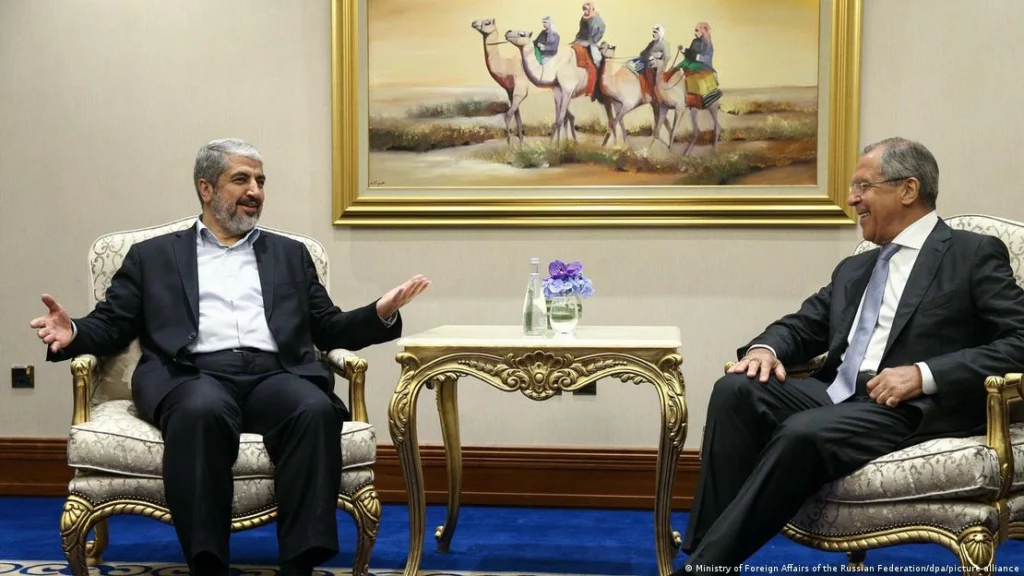
Mashaal was born in the West Bank in 1956 and studied physics at Kuwait University. He later lived in Syria and Jordan and was also a founding member of the Hamas political bureau, becoming its chairman in 1996. He called for terror attacks against Israel and survived a 1997 assassination attempt by Mossad, Israel’s intelligence agency.
In 2012, he traveled to Gaza via Egypt to celebrate the 25th anniversary of the founding of Hamas. It was reportedly the first time he had set foot on Palestinian territories in 45 years. In 2017, he stepped down as Hamas’ leader to make way for Haniyeh. He is now head of the organization’s political bureau.

Thomas Latschan – 11/24/2023
Explained: What is Hamas, the terror group behind this weekend’s unprecedented attack on Israel?
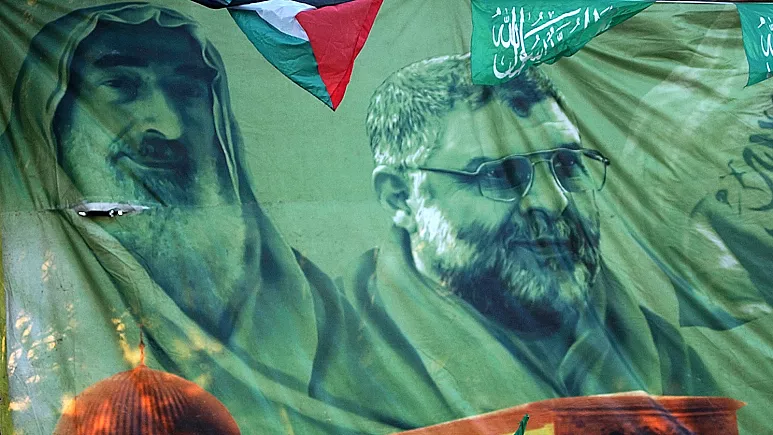
By Euronews with APPublished on 10/10/2023 – 15:38•Updated 11/10/2023 – 12:52
The group was founded during the first Intifada, and is considered a terrorist organisation by the European Union.
Hamas, which has ruled the Gaza Strip since 2007, launched an attack inside Israel over the weekend, killing hundreds and taking others hostage. Its unprecedented breach of the border sent fighters inside border communities and military installations, shocked Israel and its allies, and raised questions about the group’s capabilities and strategy.
What is Hamas?
The group was founded in 1987 during the first intifada, or uprising, which was marked by widespread protests against Israel’s occupation.
The group has vowed to annihilate Israel and has been responsible for many suicide bombings and other deadly attacks on civilians and Israeli soldiers.
The EU and other Western countries consider Hamas a terrorist organisation.
Hamas won 2006 parliamentary elections elections and in 2007 violently seized control of the Gaza Strip from the internationally recognized Palestinian Authority. The Palestinian Authority, dominated by rival Fatah movement, administers semi-autonomous areas of the Israeli-occupied West Bank.
Israel responded to the Hamas takeover with a blockade on Gaza, restricting movement of people and goods in and out of the territory in a step it says is needed to keep the group from developing weapons. The blockade has ravaged Gaza’s economy, and Palestinians accuse Israel of collective punishment.
Over the years, Hamas received backing from Arab countries, such as Qatar, as well as Turkey. Recently, it’s moved closer to Iran and its allies.
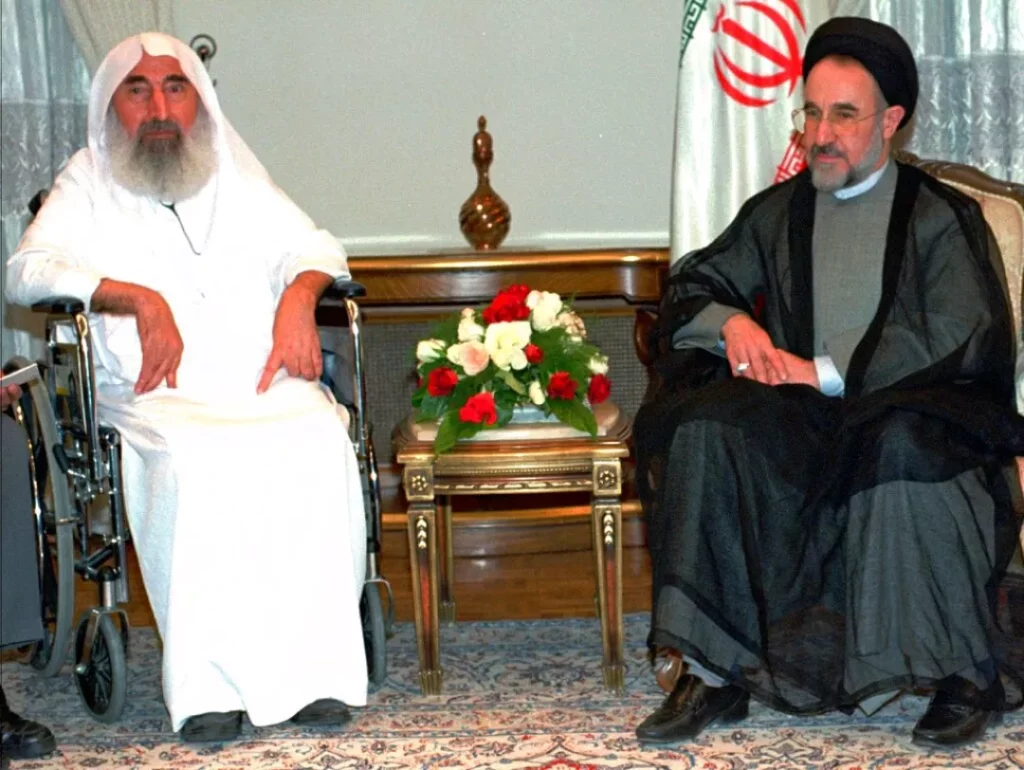
FILE: Iranian President Mohammad Khatami, right, meets with Sheikh Ahmed Yassin, the head of the Palestinian militant group Hamas, in Tehran Saturday, May 2, 1998. MOHAMMAD SAYYAD/AP
Who are Hamas’ leaders?
There were at least seven original founders of Hamas, including spiritual leader Sheikh Ahmed Yassin – a paralysed man who used a wheelchair – who spent years in Israeli prisons and oversaw the establishment of Hamas’ military wing, which carried out its first suicide attack in 1993.
Israeli forces have targeted Hamas leaders throughout the years, and assassinated Yassin in March 2004. Another founder Abdel Aziz al-Rantisi was killed in Gaza in April 2004.
Khaled Mashaal, an exiled Hamas member who survived an earlier Israeli assassination attempt, became the group’s leader soon after.
Yehia Sinwar, in Gaza, and Ismail Haniyeh, who lives in exile, are Hamas’ current leaders. They realigned the group’s leadership with Iran and its allies, including Lebanon’s Hezbollah. Since then, many of the group’s leaders relocated to Beirut.
What does Hamas want?
Hamas has always espoused violence as a means to liberate occupied Palestinian territories and has called for the annihilation of Israel.
Hamas has carried out suicide bombings and over the years fired tens of thousands of increasingly powerful rockets from Gaza into Israel. It also established a network of tunnels running from Gaza to Egypt to smuggle in weapons, as well as attack tunnels burrowing into Israel.
In recent years, Hamas had appeared to be more focused on running Gaza than attacking Israel.
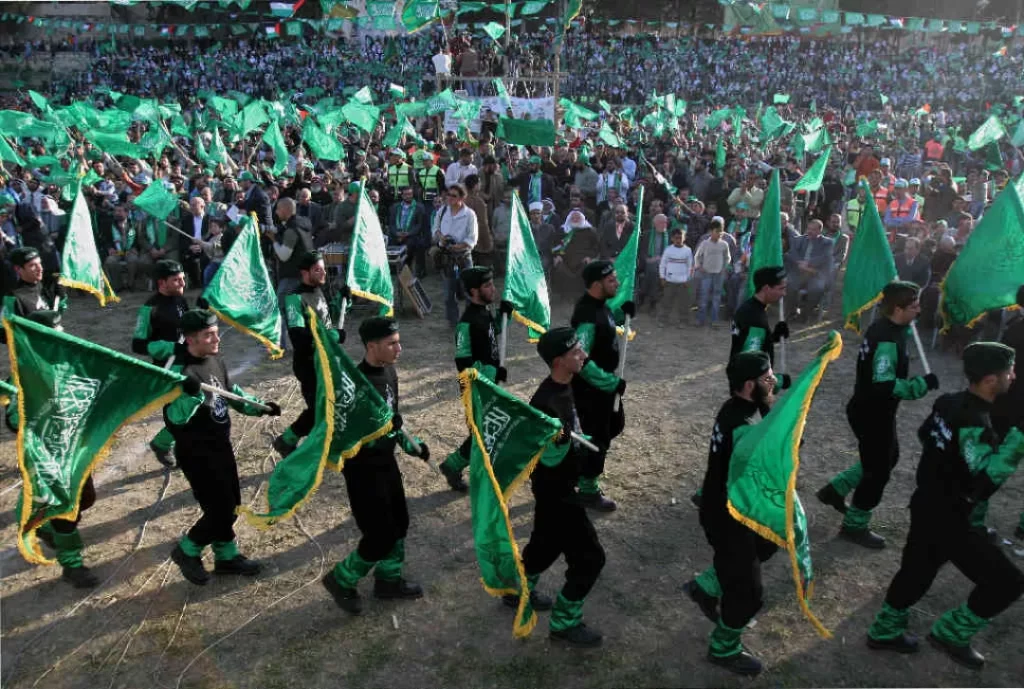
FILE: Palestinian Hamas supporters carry Islamic flags during a rally marking 3rd anniversary of Israel’s targeted killing of founder Sheikh Ahmed Yassin. Nablus, March 2007MOHAMMAD SAYYAD/AP
Why did Hamas launch an attack against Israel now?
In recent years, Israel has made peace deals with Arab countries without having to make concessions in its conflict with the Palestinians.
The US has also been trying to broker a deal between Israel and Saudi Arabia, a bitter rival of Hamas’ Iranian backers.
Meanwhile, Israel’s new far-right government was working to cement Israeli settlements in the West Bank despite Palestinian opposition and international condemnation.
Hamas leaders say an Israeli crackdown on militants in the West Bank, continued construction of settlements – which the international community considers to be illegal – thousands of prisoners in Israeli jails, and its ongoing blockade of Gaza pushed it to attack.
Its leaders say hundreds of its 40,000 fighters took part in the assault. Israel says the group has about 30,000 fighters and an arsenal of rockets, including some with a range of about 250 kilometres, and unmanned drones.
By Euronews with APPublished on 10/10/2023 – 15:38•Updated 11/10/2023 – 12:52


